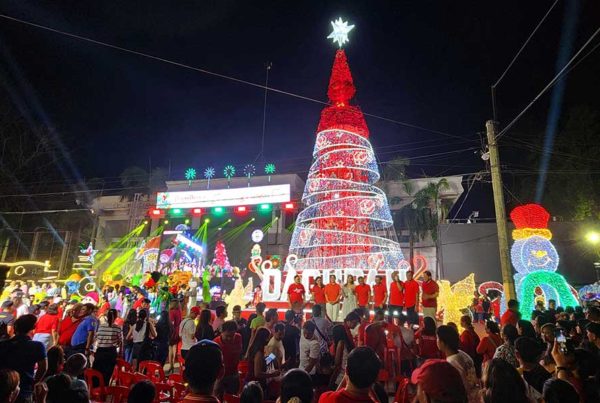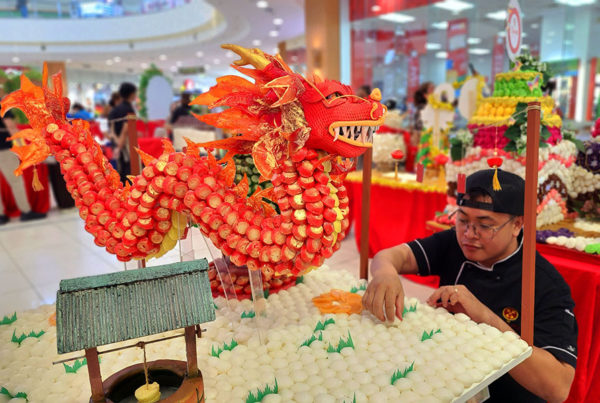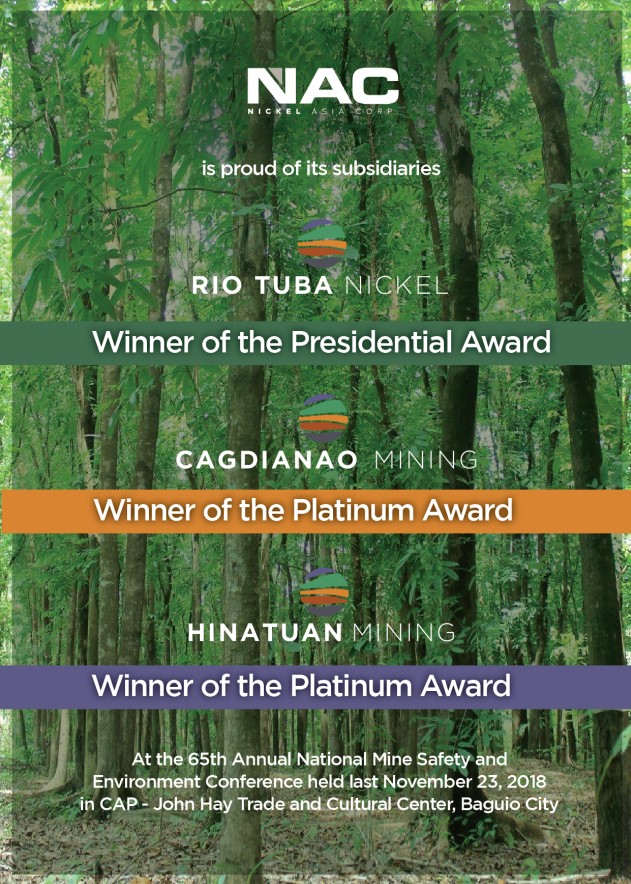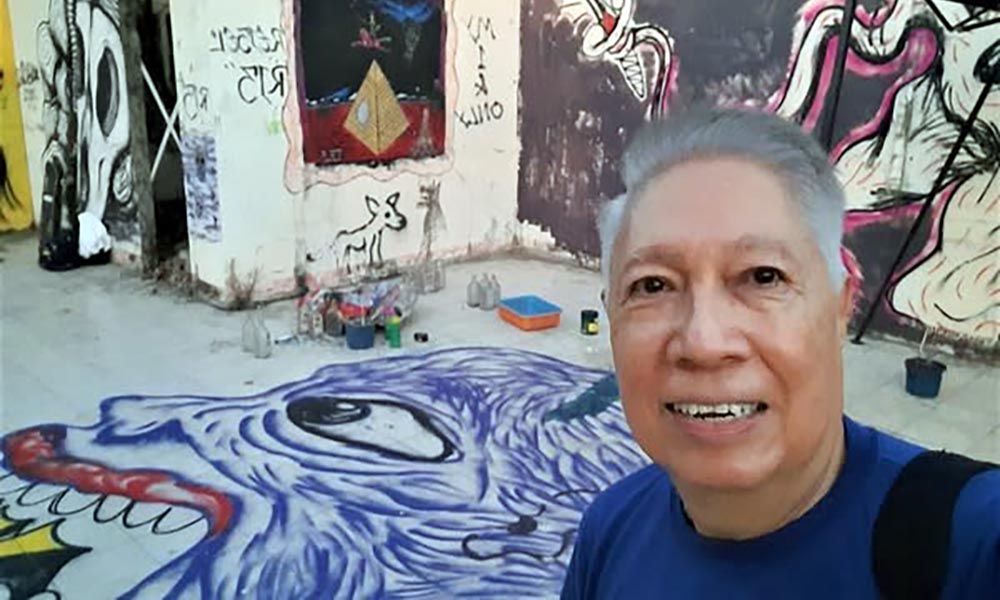
Placing the possible
 By Rex Catubig
By Rex Catubig
THE recent Placemaking competition organized by trailblazing creative Cong Toff de Venecia, whose culminating event was held a few days ago, harks back to the street art exhibit and installations that transformed an otherwise abandoned and lifeless shells of what was the OVR or Office of Vocational Rehabilitation in Bonuan Gueset, at the entrance to Tondaligan.
Placemaking is not really new. It’s that object at the tip of the tongue that, somehow, you could not spit out. Yet, it remained stuck there, and though you knew what it was and had experienced it, it is only now that it is given a proper name.
In the OVR prototype, the walls were given a new lease of life by vibrant scrawls and bold images. In gentler times, they were called graffiti– innocent carvings of affection on tree trunks: I love you. Pedro love Maria. Later, they evolved into a mark of identity painted on building walls: Kilroy was here. Much later, reflecting the temper of the times, they got angry and sexy. Toilet walls screamed with vented repressed passion: Baoninam. Yot. Tsupa—graphically adorned with bare outlines of tumescent penis and plump vagina.
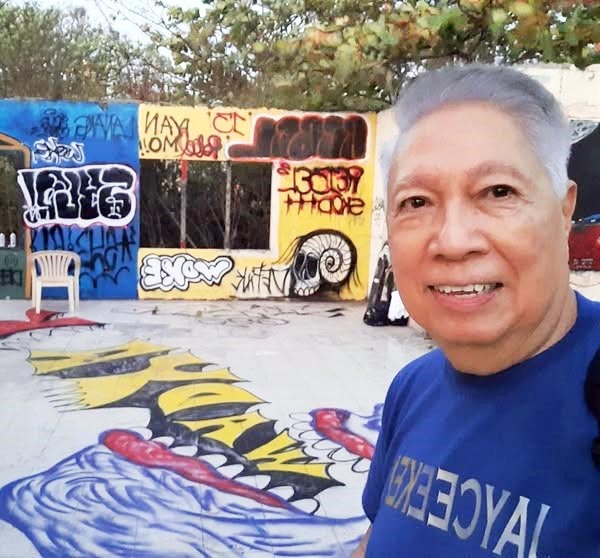
It became a bane on the New York trains when spray paint became available. And words turned into threatening drawings and scary illustrations.
Simple statements and self-expression evolved into urgent shout-outs of tortured souls, finding their way in marginalized urban barrios of Los Angeles, San Francisco, and San Diego.
Somewhere along the way, it became street art. Still angry and a means of protest and commentary, but its unique form, strong lines, vibrant color, inspired and melded by runaway imagination, has now lent it validity and credibility.
The Galila/Kaiba street art invasion of what was left of abandoned OVR buildings in Tondaligan transformed the last walls standing into an apocalyptic landscape of vivid raw images.
Going through the different sections was a virtual tour of the cranial chambers of the artists, laden with angst, ennui, and a scream for recognition—shout-outs of the soul. It’s both mind-boggling and cathartic. The journey towards the outermost recesses of the consciousness inevitably reverted to the innermost crevice of self–into the fetal matrix of birth and creation.
It is art experiencing rebirth, growing out of primeval passion.
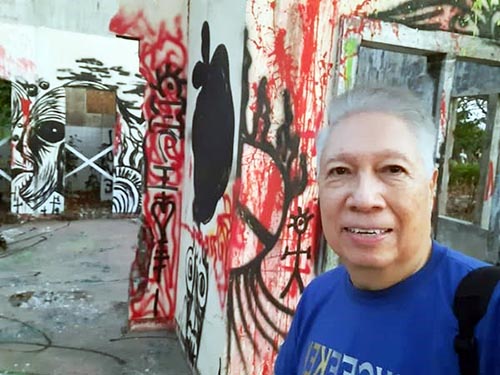
And the place, bursting with images that challenge the imagination, could have been a fecundating ground for contemplation and introspection, a world one could get lost in, and emerge reborn, inspired, and endowed with a new perspective and outlook.
Yet, for all its promise, the once-abandoned complex is once again abandoned and left to the elements, before it could even fulfill the promise it holds.
Was the change it underwent so radical that it scared off instead of drawing in the people it could have wowed and won over?
At the heart of placemaking is how its public would relate and respond to its aesthetic. Given the fickle taste and capricious behavior of people, one should take into account their emotive pulse, a reading of their proclivity.
In the end, the best design is one that does not impose what it wants, but points to the possibility of what its subject may want, embrace, enjoy, and live with.




